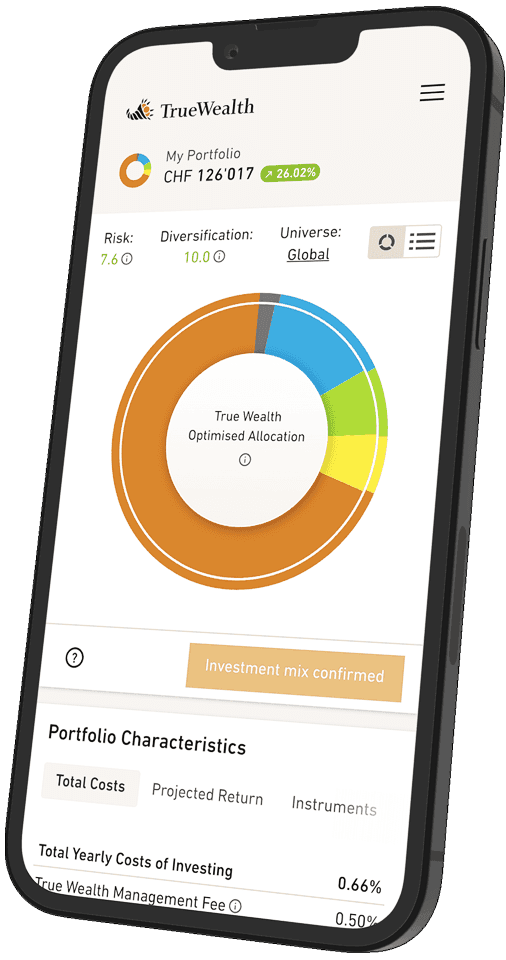#48 Performance Fee: Friend or Foe?
Imagine you place a bet on rising stock prices. If you win, the profits are shared. If you lose, you bear the entire loss alone. Sounds like a bad deal? But that's exactly how the fee model of many actively managed funds works – through what is known as a performance fee.
What is a performance fee?
A performance fee is a success-based remuneration that a fund manager receives in addition to the regular management fee. The idea is that if the fund performs well, the manager should share in the success. At first glance, this sounds fair – after all, a fund manager should be motivated to achieve above-average returns. But on closer inspection, it becomes clear that this form of profit sharing can create problematic incentives.
How does the model work?
Typically, a performance fee consists of a percentage of the excess return generated above a certain threshold – the so-called hurdle rate. Only if this hurdle is exceeded is the performance fee actually payable.
Here's an example: A fund charges an annual management fee of 1.5 percent. It also charges a performance fee of 20 percent – but only on returns that exceed 5 percent per year. So if the fund achieves a return of 10 percent in a given year, the performance fee is charged on the difference of 5 percent. Twenty percent of that is 1 percent. This results in a total charge of 2.5 percent (1.5 percent base fee plus 1 percent performance fee).
What is the problem?
Although the concept of performance-based remuneration sounds convincing, in practice the model is often disadvantageous for investors:
- Asymmetrical distribution of profits and losses: In good years, the fund manager benefits directly from the performance. In bad years, however, you as the investor bear the entire risk. The manager does not receive a share of the profits, but does not lose any of his own money either.
- Complexity: Many fee models are difficult to understand. Very few private investors have the time or interest to study these structures in detail. People often trust that fund providers act in the best interests of their clients – which is not always the case.
- Wrong incentives: Fund managers who only profit when they are successful may be tempted to take excessive risks in order to clear the hurdle. This is not necessarily in your best interests – especially if long-term stability is more important to you than short-term peak returns.
Are there alternatives?
Yes. At True Wealth, we deliberately do not charge performance fees. Instead, we rely on low-cost ETFs and index funds with no hidden fees. This allows us to avoid conflicts of interest and ensure that you benefit as directly as possible from the market.
What has been your experience with performance fees or other complex fee models? Send me an email with your experiences.
About the author

Founder and CEO of True Wealth. After graduating from the Swiss Federal Institute of Technology (ETH) as a physicist, Felix first spent several years in Swiss industry and then four years with a major reinsurance company in portfolio management and risk modeling.

Ready to invest?
Open accountNot sure how to start? Open a test account and upgrade to a full account later.
Open test account